The Society of Voice Arts and Sciences Co-founders Joan Baker and Rudy Gaskins Use Their Experience and Achievements To Help Others Succeed in the Voiceover Industry

By Christy DeBoe Hicks, Global Communicator
February 25, 2021
Emmy Award-winning producer and director Rudy Gaskins, and voice actor, producer, and top-selling author Joan Baker have been partners in life and work for 26 years. They are cofounders of the Society of Voice Arts and Sciences (SOVAS), where Gaskins is president and CEO, and Baker is vice president. In this two-part story, Part I: How to Succeed in Business and Marriage by Really Trying reveals how Gaskins and Baker had a chance encounter that led to a life-long partnership. Part II explores the incredible work they are doing through SOVAS to uplift the voice arts community and to encourage and support more diversity and equity in the field.

Joan Baker wanted to be in show business for as long as she can remember. A biracial girl who grew up in Marin County, California, she came to New York City to pursue her dream. Baker never imagined that her hopeful, cross-country sojourn would lead her to the voiceover industry, where she is one of the top female voice artists in the country. She also could not have conceived that one of her voiceover assignments would lead her into the studio — and eventually into wedlock — with a savvy young, dreadlock-wearing producer and director in the promotions department at ABC News.

Rudy Gaskins had worked with some of the top film directors in the movie business before becoming a producer and director for television news. Since forming a unique partnership that intertwined their lives and their work, they have become a visionary team with ideas and plans that are likely to forever change the voiceover industry.

Creating SOVAS
Gaskins and Baker established the Society of Voice Arts and Sciences (SOVAS) in 2013 as a labor of love. The voiceover business had been, since its inception, the almost exclusive purview of white men. More country club than industry, voice work was dominated by producers and other moguls who tended to hunt in their own circles for the talent they needed. When it came to success in the voiceover business, one’s connections could often mean more than one’s talent. As Baker’s extraordinary talent got her beyond many barriers and led her to become one of the most successful female voiceover artists in the country, she decided to help others succeed as voiceover artists. Baker and Gaskins also wanted to promote diversity within the industry and recognize the voice artists who work behind the scenes to tell stories, pitch ads, and bring cartoon and other characters to life.
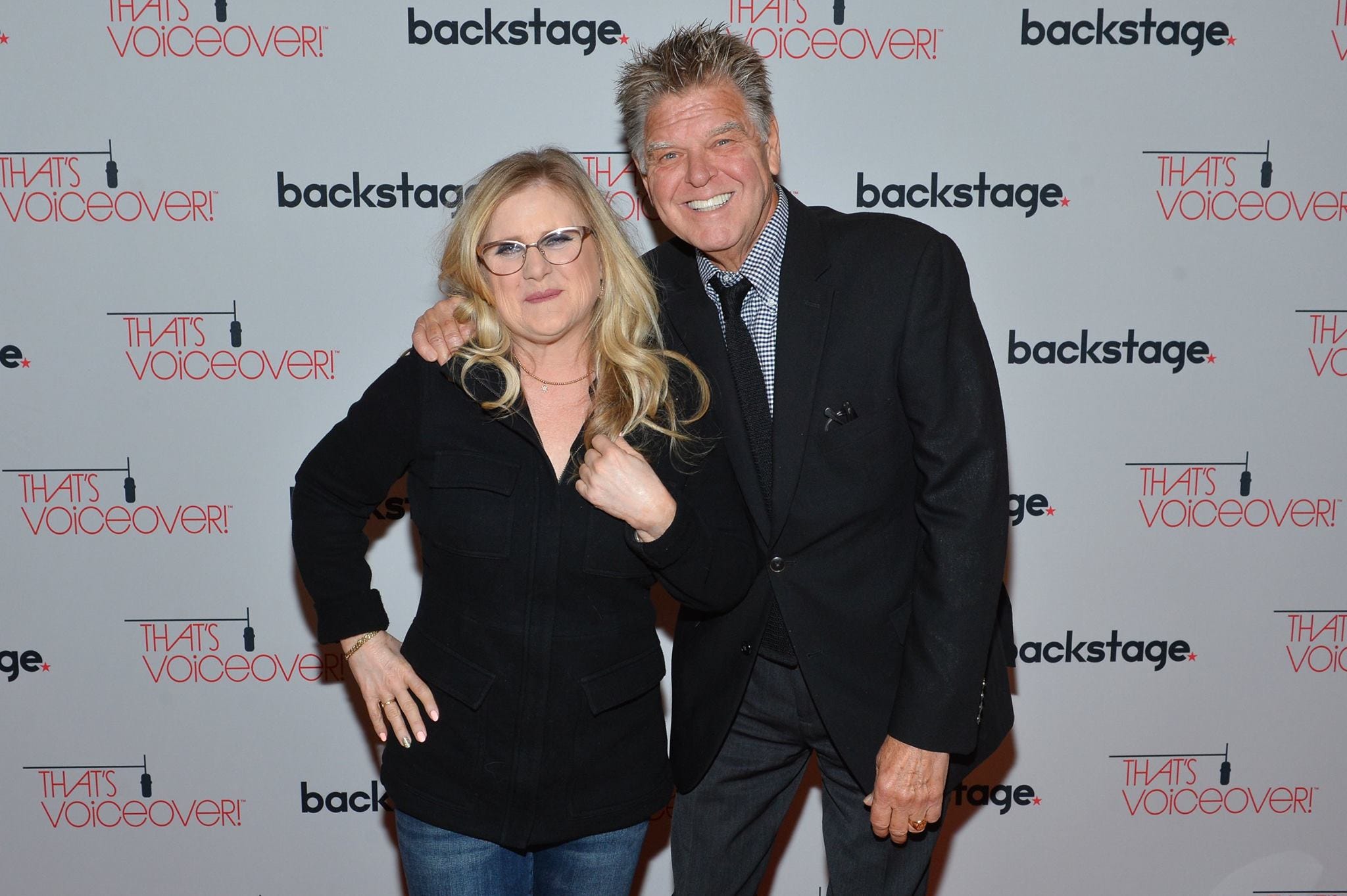
Through SOVAS, they endeavor to achieve these goals primarily through two programs. The first is That’s Voiceover! Career Expo, a popular two-day annual event that brings together key players in the worldwide voiceover industry, including working professionals and newcomers. The event offers networking, training, education, employment opportunities, and auditions for jobs with major companies and organizations. The Voice Arts Awards, the latest SOVAS program, recognizes excellence and innovation in various aspects of the voiceover industry and is comparable to the Emmy, Tony, and the Academy Awards in design and intention.

SOVAS can trace its roots to 2005, when Baker authored and published Secrets of Voice-Over Success. This book was the first to chronicle the career journeys of some of America’s top voice actors, telling their stories and offering practical career advice and guidance. Baker says she was inspired to write this book by observing the plight of her father, James Palmer Baker, who battled Alzheimer’s. Baker dedicated the book to him, sharing that she was gaining her voice through voiceover work while Alzheimer’s was taking her father’s voice away. The book featured twenty successful voice actors; two more voice actors were added for the book’s second edition, published in 2011, bringing the total number of featured authors to twenty-two.
“The book signings attracted people who were interested in doing voice acting, and they had lots of questions,” said Gaskins. “We would set up something for an hour and a half, and the question-and-answer sessions could go on all night. The lines of people wanting to get into these events were just extraordinary.” Baker and Gaskins eventually started creating larger ticketed community events and workshops for the public.

For four years following the book’s publishing, Baker and Gaskins did a Learning Annex workshop called Make Millions with Your Voice, which included the people featured in the book. “The Learning Annex administrators told us that it was the most popular workshop they had done in the history of Learning Annex,” said Baker. “But at some point, Rudy and I felt like we could do it better and expand upon all the efforts over the years that we had put into these workshops for The Learning Annex and my book events. That’s how the That’s Voiceover! Career Expo evolved.”
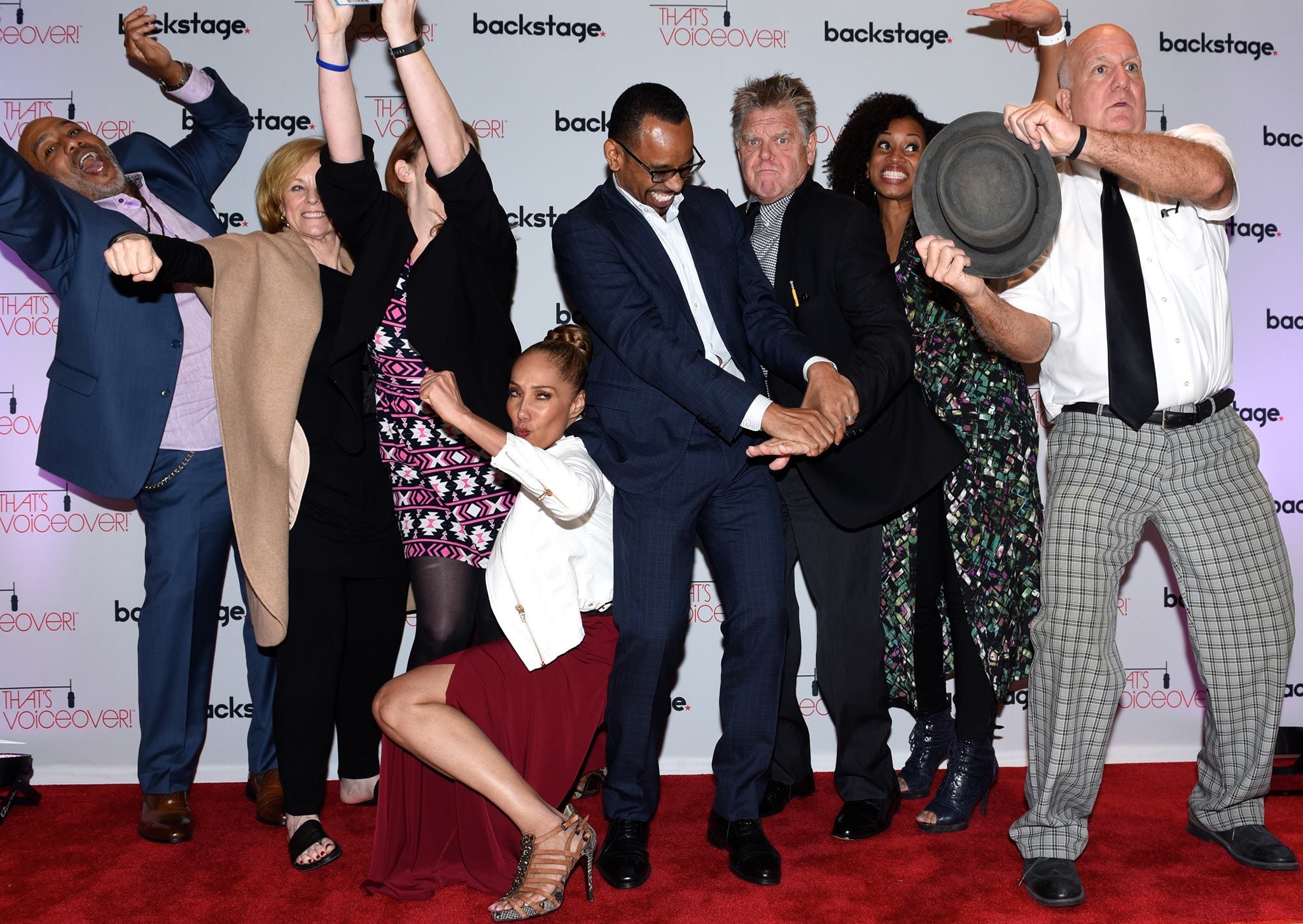
The couple established the That’s Voiceover! Career Expo in 2010 and are now in their twelfth year. Baker notes that when creating That’s Voiceover!, one critical part of their plan was to offer participants access to jobs. “We created a system where participants could not only find out about available jobs, but they could audition for paid employment at the job expo. The result is that many people have gotten discovered by huge industry pros who take them on. These are life-changing moments, and to this day, no one else has been able to do that.”
According to Gaskins, a large part of their success with the Career Expo is that potential employers also benefit. “Our industry is all over the place, but we try to bring people together for this conference,” he says. “It’s not like the corporate world. You have to find people. That’s Voiceover! became a place where everyone was together, and that created an environment that makes it easy for people to connect in professional ways.” Over the years, participating companies and organizations have included NBC, CBS, Sennheiser, Neumann Microphone Company, SAG-AFTRA, Backstage magazine, Sennheiser Electronics, the Alzheimer’s Association, and others. The program has been successfully implemented in New York and Los Angeles.
Baker enthuses, “We are creating these extraordinary opportunities that weren’t around when we were coming up. But they are now. That’s part of our reason for getting up in the morning.”
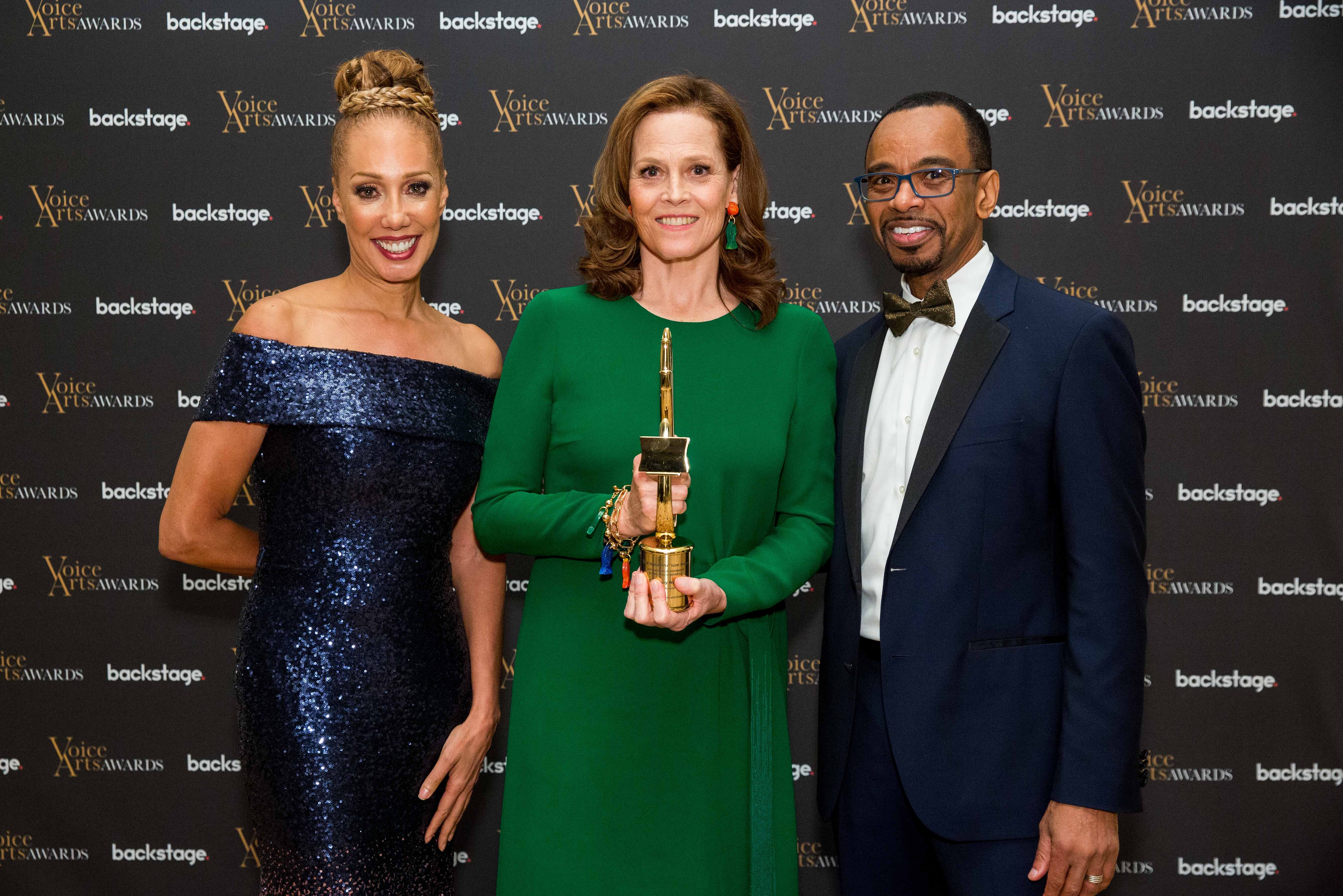
Three years after launching That’s Voiceover!, the visionary couple created the Voice Arts Awards. “As these conferences grew, we were bringing in so many extraordinary voice actors from around the world to talk about different aspects of the industry, and we were overwhelmed by how amazingly talented many of them were. We also were aware that none of them got any recognition for it, other than their paychecks,” says Gaskins. “We decided to create an award show, and we were determined that we would do it right.”

They wanted to create something on par with the Academy Awards and the Golden Globes — something meaningful that would “stand the test of time” in terms of credibility and in terms of honoring people. “We also wanted to provide a keepsake that winners could display and pass down through the generations of their families,” says Gaskins. The award was designed in partnership with R.S. Owens Company, the same manufacturers of the Oscar, Emmy, and MTV Music Awards, among many others.

In 2014, CNN’s Don Lemon presents James Earl Jones with the inaugural Voice Arts Icon Award at the Museum of the Moving Image in New York City. (Photo Courtesy of SOVAS)
Says Baker, “We go all out.” She adds that the award venues have included the iconic Jazz at Lincoln Center in New York City and, more recently, Warner Bros. Studios in Los Angeles.
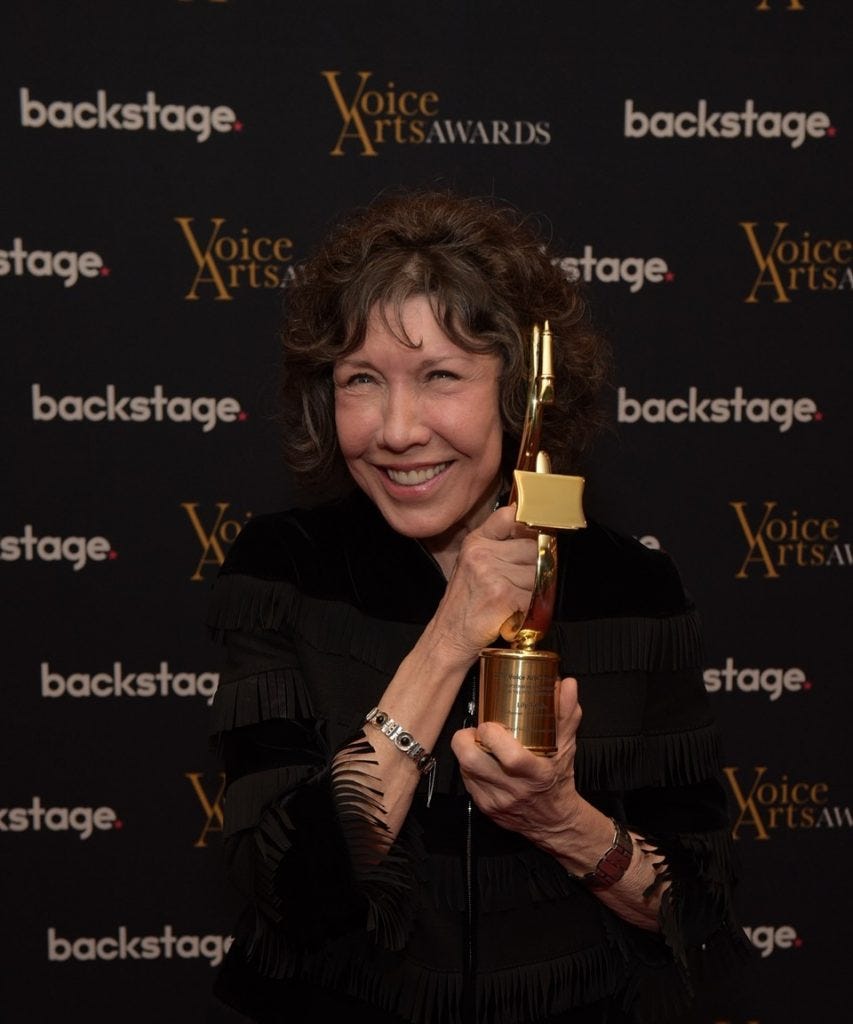
“It’s as if you showed up at the Emmys or the Oscars: People order their gowns, get their makeup done in their hotel rooms, hire limousines to take them to the red carpet at Warner Bros.,” she reports. “There’s a pre-show, the red carpet, and then the live event, followed by the after-party. Voice actors have been so depleted in terms of morale that this has created a whole new world that Rudy and I didn’t quite know that it would,” she says.

At first, the award was met with skepticism from some people in the voiceover industry. “There was a lot of educating that had to be done — people didn’t understand the process,” says Gaskins. “One of the biggest complaints in the voice acting world is that they were not being acknowledged for their work. And because so many of them had never had the opportunity to win awards, they had no idea how award shows even worked. We had to show them that this is a transparent process and that we were not setting a new precedent with these awards. Our structures for our awards follow those of the Emmys, the Clios, Webbys, and the Golden Globes.”
In 2016, Muhammad Ali’s eldest daughter, Maryum Ali, attended the Voice Arts Awards, on behalf of Lonnie Ali, to accept a special award in her father’s name. Michael “let’s get ready to rumble” Buffer introduced Maryum Ali and announced that President Barack Obama as one of the inaugural recipients of the Muhammad Ali Voice of Humanity Award. That same year, Michael Buffer was the recipient of the Voice Arts Icon.
Like other major awards, the Voice Arts Awards are an open competition voted on by experts within the various fields that constitute each entry category. The award program has ninety categories that people and projects can be nominated for, including voiceover work in a variety of categories that range from cartoons to promos to audiobooks to sportscasting, as well as audio engineering and other production work. There are also categories for international and Spanish language work. Several special awards, such as Voice Arts Icons, the Muhammad Ali Voice of Humanity Award, and the Backstage Vanguard Award for Arts and Humanity, are also presented.

“There have been some extraordinary people who have won honorary Voice Arts Awards from us as well as those who have entered their work for award consideration,” says Baker. Their first honoree, in 2013, was Keith David, and the most recent awardee was Mark Hamill. In the years between, honorees have included James Earl Jones, Lily Tomlin, Ken Burns, William Shatner, Sigourney Weaver, Ving Rhames, and Rosario Dawson, among others.
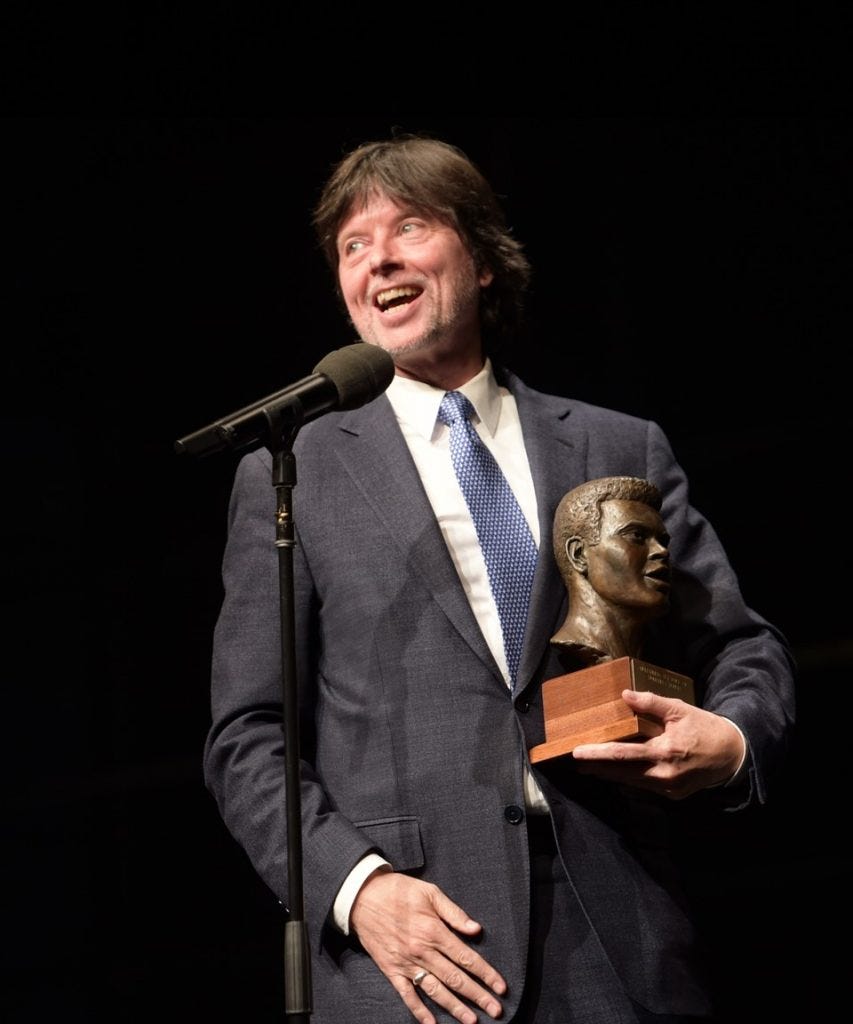
“This award has created a whole new world. It is lifting morale and providing a way of having people respect what they do. It also encourages people to have a goal in terms of wanting to work toward high achievement in their reading and producing, and then submitting their work to the Voice Arts Awards,” says Baker. “This is new. Even though it has now been six years, it’s new to the world of voiceover. And it’s been an ‘extraordinary ride.’”
The 2020 That’s Voiceover! Career Expo and the Voice Arts Awards were held virtually due to the COVID-19 pandemic. They will be virtual again in 2021.
Baker and Gaskins have been strongly supported in their work and vision for SOVAS by their Board of Directors. “SOVAS is a 501c3 nonprofit, which carries its own set of unique opportunities and challenges that differ from a taxable corporation,” says Baker. “Each year those challenges grow, and we’re fortunate to have a stellar Board of Directors who help make things happen.” The Board members are Archie Elam, Debbe Hirata, Robin Armstrong, Dave Kozlowski, Jill Kershaw, Kim Gaskins, Marc Guss, Rudy Gaskins and Joan Baker.

Being A Voice Actor
Unlike when Baker was starting in the business, currently there are broader opportunities for a more diverse group of people to become voiceover artists. Baker and Gaskins, through SOVAS and its That’s Voiceover! Career Expo, have been leaders in that change. However, they still believe there is too much mystery and a lack of understanding about what the voiceover industry is and what opportunities exist for people who want to enter the field. According to Gaskins, there are, essentially, two camps of voice actors. One includes what Gaskins describes as “the sexy jobs,” like the hot TV commercials or narrating for National Geographic. There are also people like Nancy Cartwright, the voice of Bart Simpson, who is widely known for that role and has reached celebrity status. The other camp is more behind the scenes. These are the voice actors who do the bulk of the voiceover work. Says Gaskins: “They are just knocking out commercials and promos and show openings and live announcing gigs, and they are doing corporate narration and e-learning. That is how they thrive.”
Baker, one of the most successful female voiceover artists in the country, is in the latter camp. “She’s not the voice of a major animated character who all the kids know, but she is working regularly and paying the bills, and that’s the bulk of the successful voice actors,” says Gaskins.
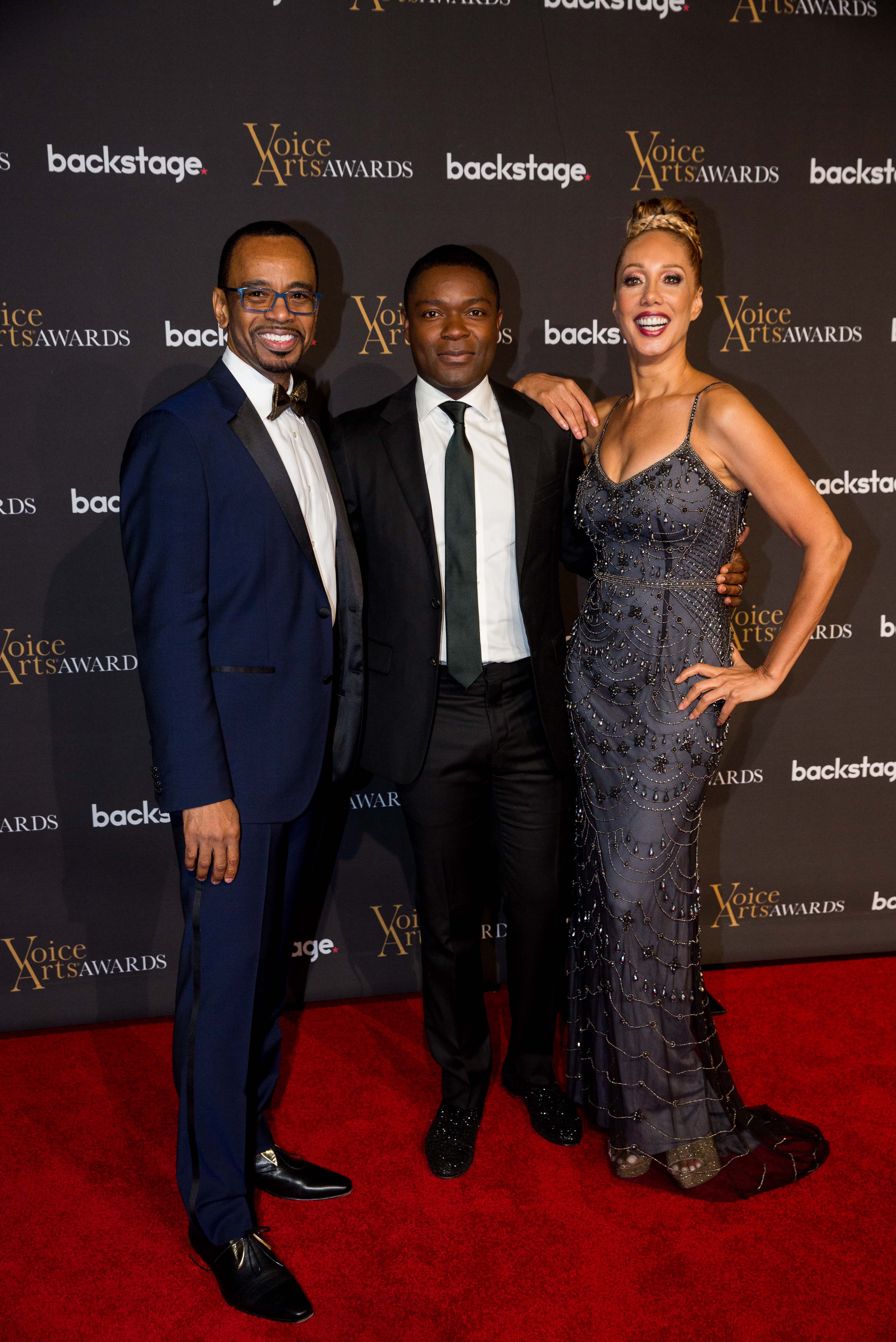
Combatting Racism in the Industry and Beyond
Baker and Gaskins are enjoying successful careers in producing, editing, marketing, and podcasting while working hard to build on their success with SOVAS and its programs, That’s Voiceover! Career Expo and the Voice Arts Awards. The duo also remains focused on racism — both covert and overt — that permeates their industry and this country. They have taken on leadership roles in addressing this scourge in the voiceover industry by shedding light on the problem and fielding a diverse group of trained and ready candidates to compete for jobs.
There are several reasons that racism is so prevalent in voice acting. Baker and Gaskins say that one important reason is that, unlike acting work you can view on television or social media platforms, everything is done behind the scenes, so people can’t see who is — and who is not — getting the work. Changing this practice by bringing more transparency to the industry has long been a priority for Baker and Gaskins.
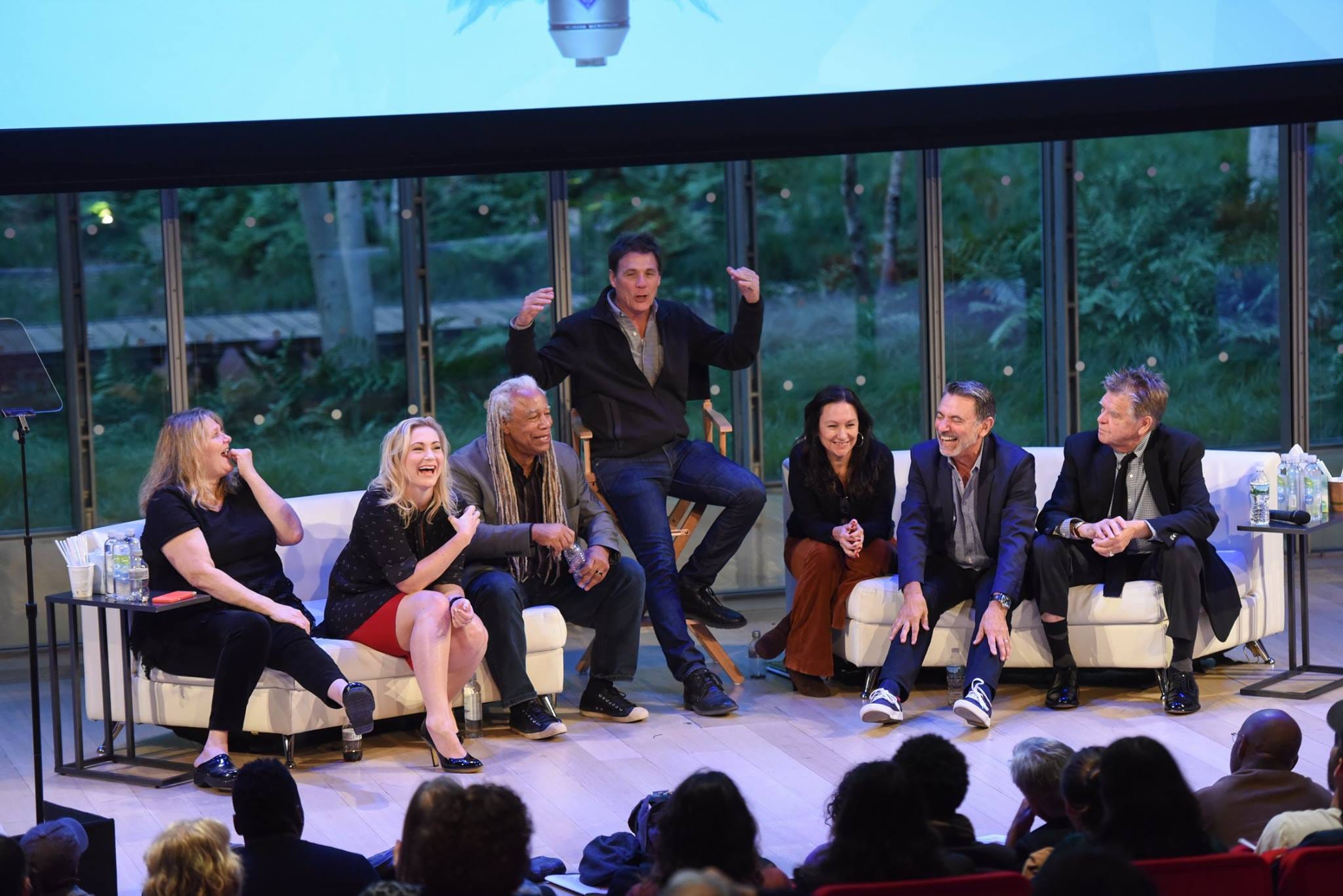
Another reason is that white producers often have preconceived notions about how a Black person should sound. Baker chose voice acting because she felt she could be more successful if she no longer had to contend with lost opportunities because of her racial background. As a biracial woman, she didn’t fit into any of the racial categories required for on-camera television and film work at that time. But even in voiceover, she ran into producers who wanted her to sound “Blacker” because she didn’t fit their expectations, based on stereotypes of how Black people should sound.
“When you’re a Black person in a studio, and someone is asking you to be ‘Blacker,’ you don’t know how to get to whatever stereotype they might have in their minds,” says Gaskins. “Because they don’t understand that all Black people aren’t the same, that we come from different regions of the country, that we are not from the same economic class, and that there are differences. So, there are challenges right off the bat that you have to deal with even in voice acting.”

Baker offers another example: “I was hired to do a voiceover for a major brand, and the engineer who had referred me told me that they were looking for a Black voice. He warned me that this producer did not know how to direct Black people, but I did not know what he meant. I did the recording, and while I was in the studio, the engineer opened the mic so I could hear what they said. I heard the producer tell him, ‘She’s great and all, but can she add a little cotton to her voice?’ Telling me to add more cotton to my voice — that’s extreme. This is a real problem,” she exclaimed.
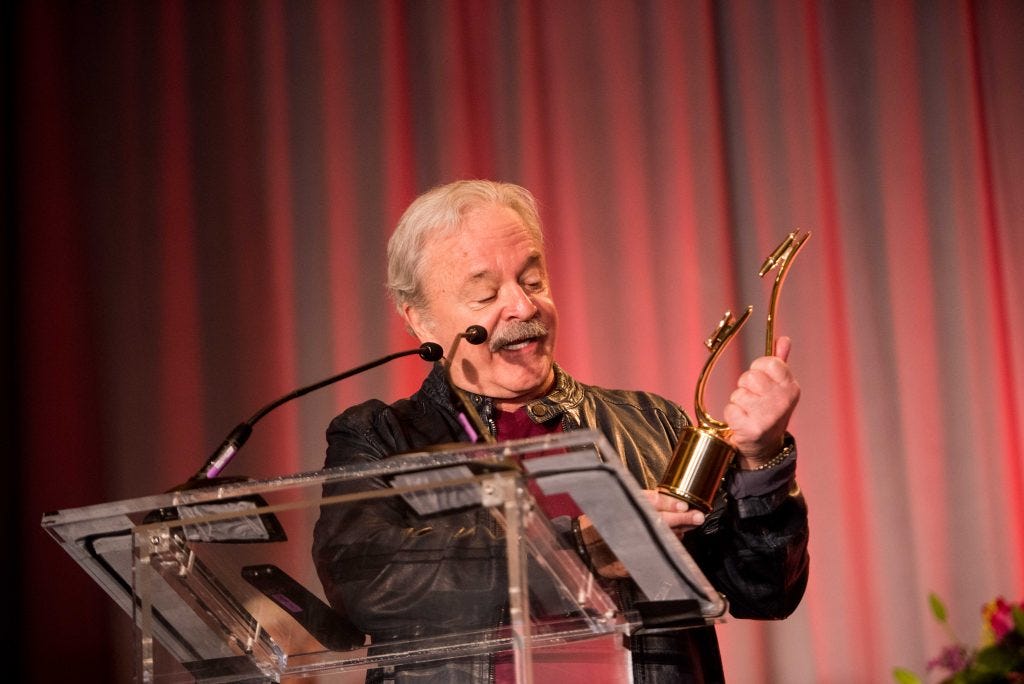
Gaskins adds, “Another intrinsic problem for voice actors trying to break into or advance in the business is that producers simply want to connect with people who look like them. Black actors or Latino actors can do this work as well.”
The voiceover industry’s race problems often begin with the content creators, advertisers, writers, account executives, and manufacturers. Says Gaskins: “The people who create products have an attitude about how they want their product promoted. They also have input on their ads and promos. And they will often be the catalyst for the racism.”
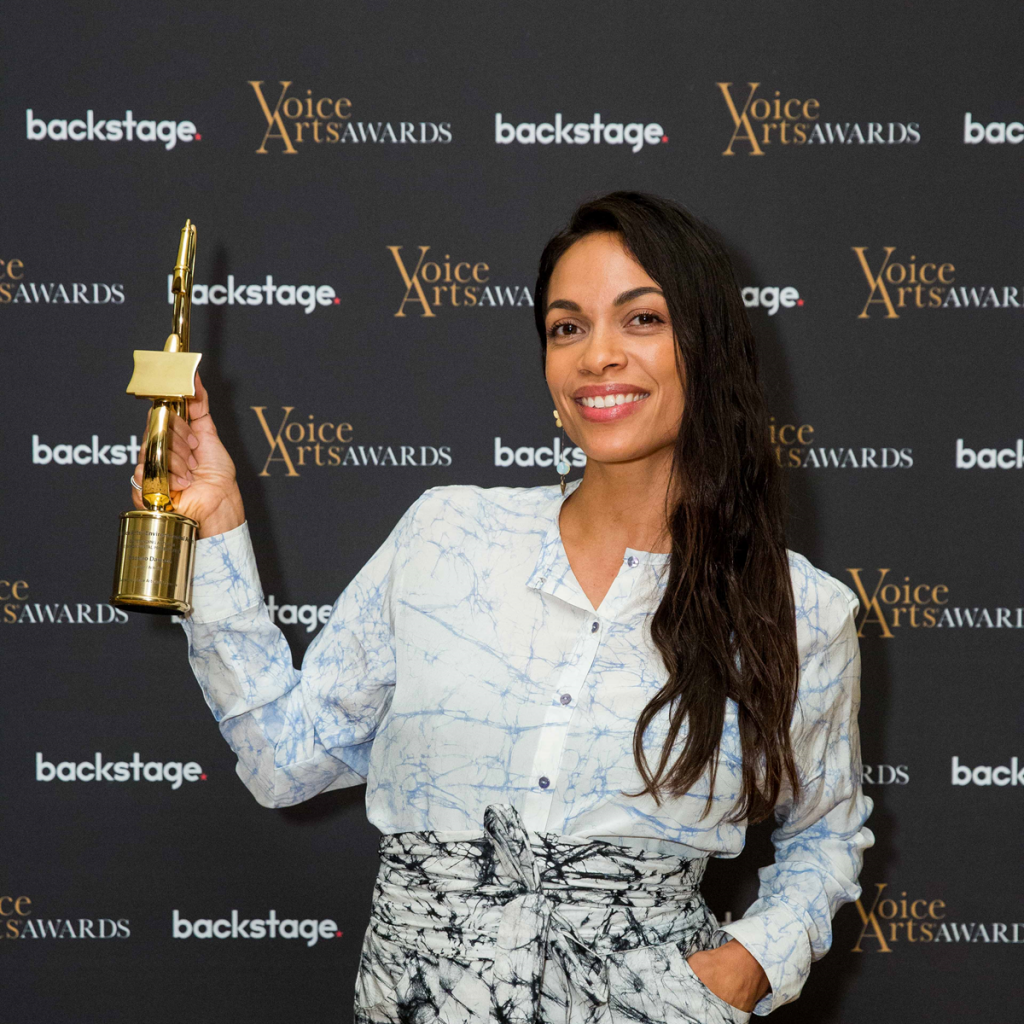
Although there are many battles ahead in the pursuit of equity in the voiceover industry and beyond, Baker believes there is cause for optimism, in that things are at least heading in the right direction. “When something is on camera, people see it, they point it out, there may be an uproar about it, and then eventually it changes,” she says. “But it has only been recently that people want to know who is behind the voices. I believe our work at SOVAS has a lot to do with this heightened interest because we have made voice acting more visible,” she says. SOVAS can also take credit for increasing diversity in the industry, particularly through the knowledge, training, opportunity, and access provided through its That’s Voiceover! Career Expo, she adds.
Baker also credits her book, Secrets of Voice-Over Success. The events associated with the book created a platform for voiceover artists. “It started slowly, but more and more people don’t just want to know about your voice or the character you are creating, or what you are pitching, but also about who is doing the voice,” says Baker. “Now people are discovering when a white guy is doing a Black voice.”
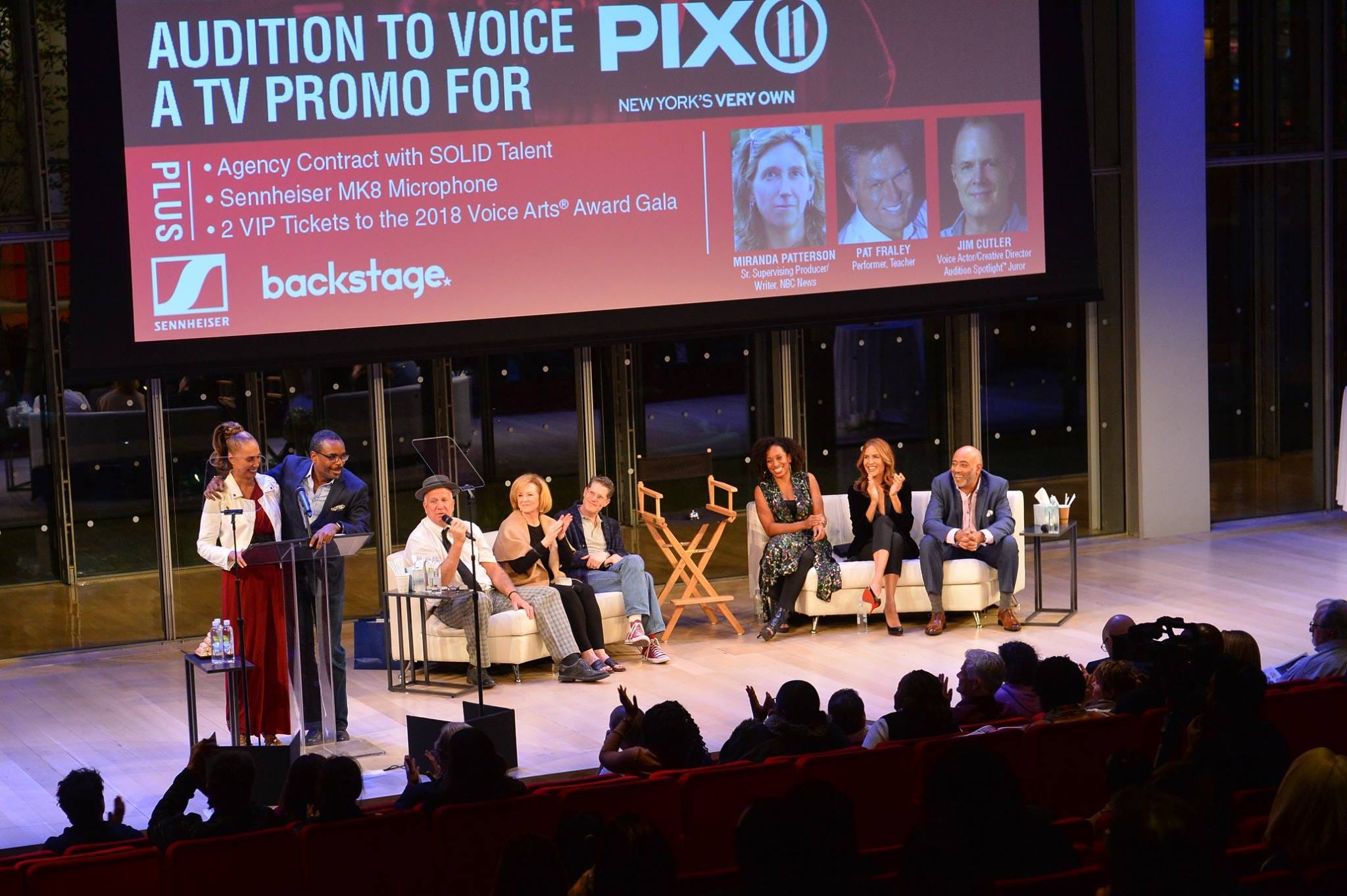
Gaskins and Baker also believe that the protests led by Black Lives Matter after the death of George Floyd have people and industries reckoning with race in ways that they have not done before. They believe the industry is starting to change. “I think these changes do have staying power, especially for those people who breathe in this new oxygen and make it work for themselves,” says Gaskins.
“The game right now is being authentic, and voiceover has been evolving to more authenticity, and that includes race,” says Baker.
But, Gaskins warns, “The authenticity will be missing if people fail to realize that if you hire someone who’s not African American to play an African American role, whole generations of ancestry are missing. You can’t find that in just how the voice sounds. That comes through in how the voice interprets its experience.”
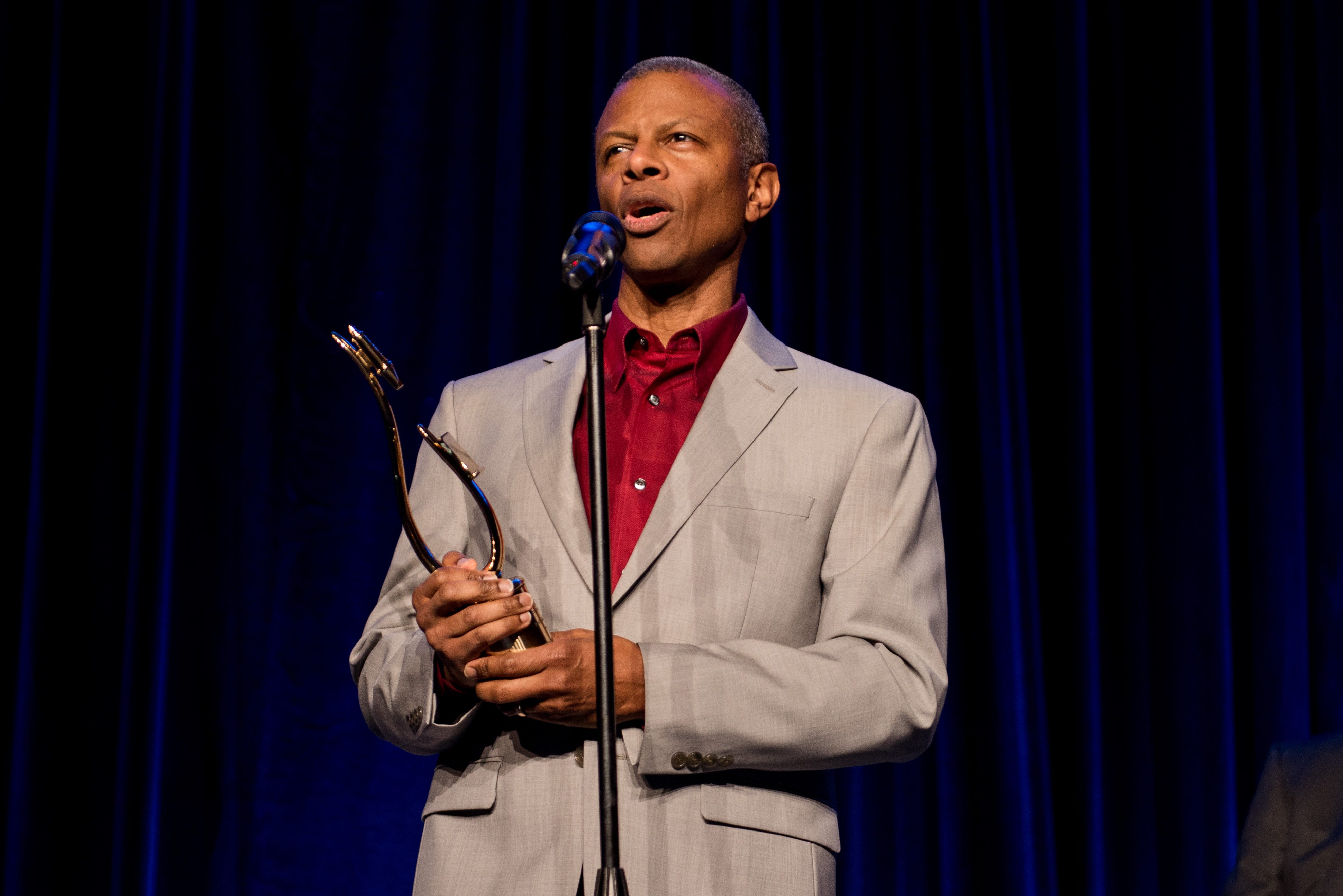
Gaskins believes that the best way to improve diversity is to have more voices available to compete for these voiceover jobs. “I want to encourage African Americans to look at the opportunity of doing voice acting when they’re considering the arts,” he says. “If they are actors already, they may or may not be aware of voice acting as part of that skill set. They should look at the opportunities available in voice acting. It’s not that easy to have diversity and inclusion. It doesn’t happen by itself. Producers have to work hard to create diversity by finding a more diverse group of people who have the skill set they require. The more African Americans get the training and the skills they need, the more likely many of us will be ready and available to be hired for those jobs.”
Baker and Gaskins
Baker and Gaskins continue to promote their vision for equity, excellence, and transparency in the voiceover industry across several platforms. Their primary focus is SOVAS, though they provide voiceover career consulting, and Baker continues to do voiceover work. “SOVAS is a mammoth undertaking with extraordinary promise,” says Gaskins. “We are striving to harness its potential for longevity beyond us.”
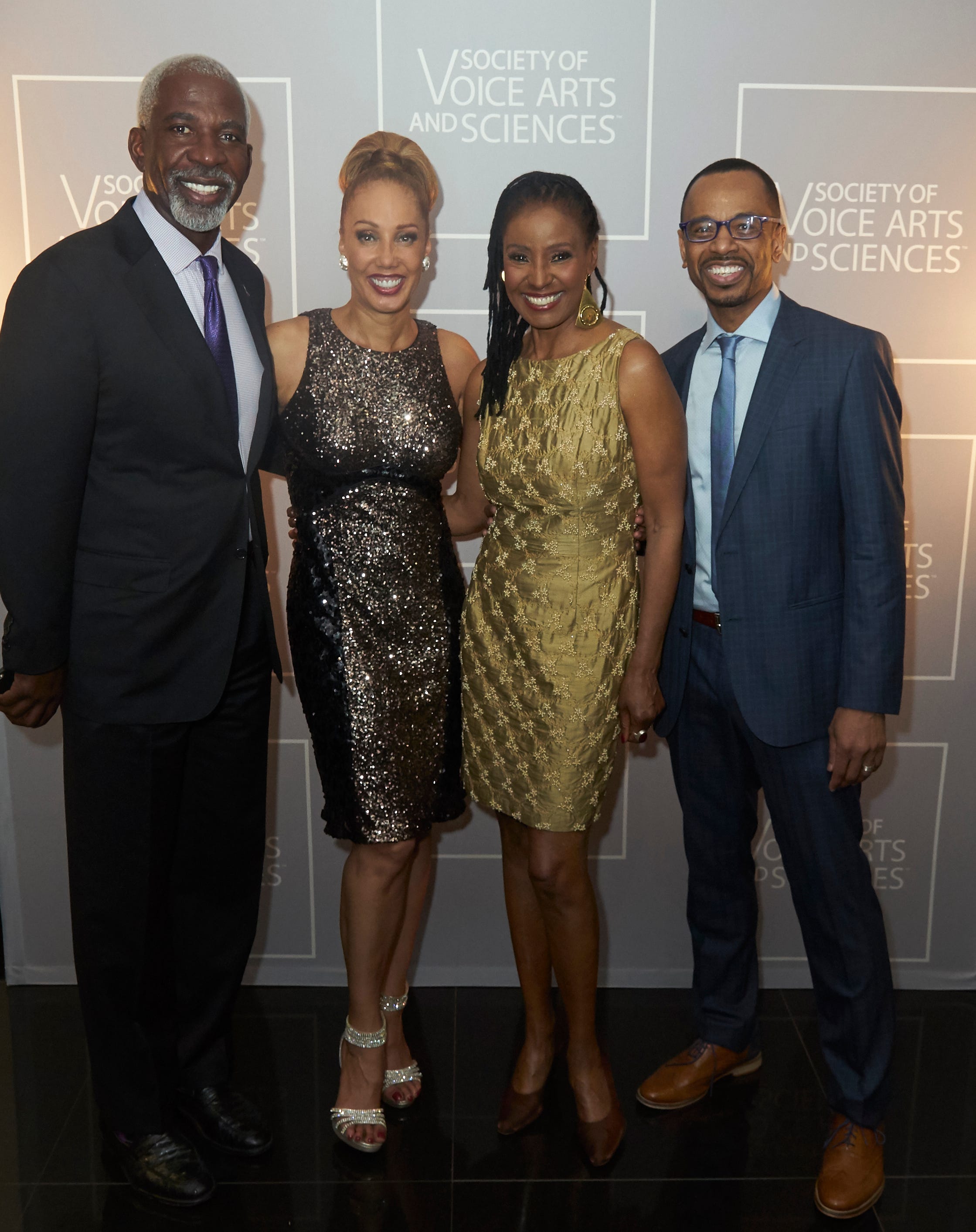
In addition, they have continued their support of the Alzheimer’s research, and all the profits from Baker’s top-selling book go to the Alzheimer’s Association. For years, she and Gaskins created fundraisers for Alzheimer’s, including one held in honor of lifestyle icon and restauranteur B. Smith before her passing from the disease. “The tragedy of Alzheimer’s is like nothing I’ve ever experienced,” says Baker. “Until science cracks the code, it is a condition we have to accept with the greatest humility and do our level best to offer comfort to those stricken, and equally to the caretakers, friends, and families.”
Through SOVAS, the couple is expanding their charitable activities. “Now that we have established SOVAS (a nonprofit), we can expand our humanitarianism in a variety of ways: environmental preservation, social advocacy, achievements in the arts, scholarships, mentorship, and financial aid,” says Baker.
Gaskins and Baker have much work ahead of them to reach their goals for a better recognized and more inclusive voiceover industry. While the challenges are many, they are undaunted because they know that whatever they have to face, they will face it together.
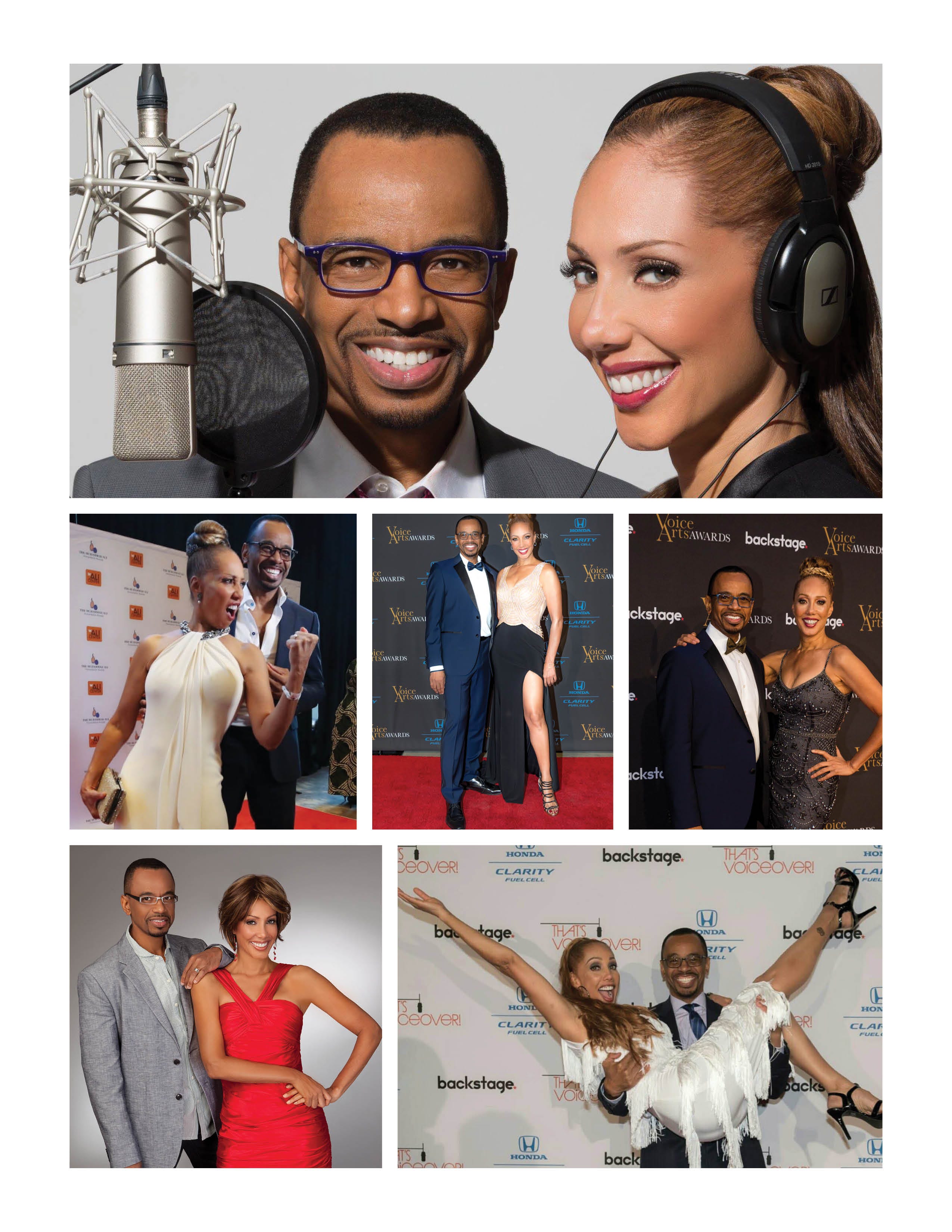
Christy DeBoe Hicks is a communications consultant, writer, and editor with more than 30 years of experience working with policy, nonprofit, education, and community organizations, as well as in the music, theater, and publishing fields. After a hiatus, she has returned as a regular contributor to Global Communicator.












